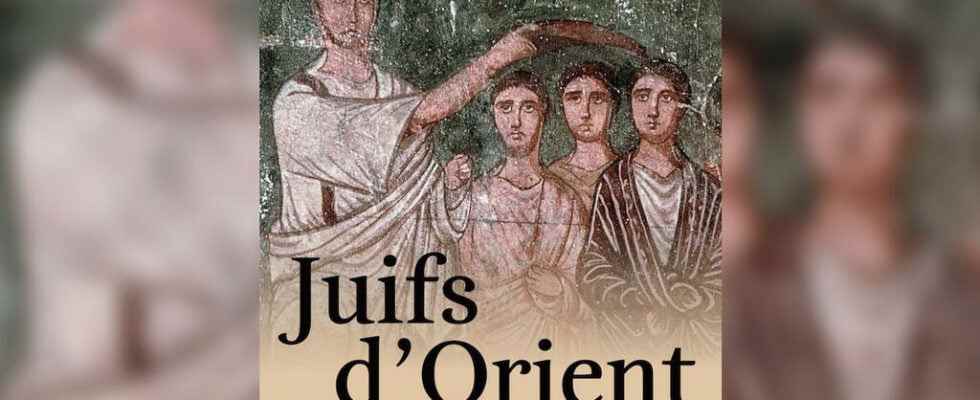After “Hajj, the pilgrimage to Mecca”, in 2014, and “Christians of the East: 2000 years of history”, in 2017, the Institute of the Arab World is devoting an exhibition to the Jews of the East. A multi-thousand-year-old story which tells of the presence of Jewish tribes long before Islamization and a cohabitation between Jews and Arab-Muslims for several centuries, not always easy, but very rich in the field of arts or thought. A historical exhibition to fight against ignorance and forgetting in reverse of presuppositions.
Jewish communities have almost all disappeared from Arab and Muslim countries. In Paris, the IMA, the Institut du monde arabe, recounts 26 centuries of Jewish presence in the East through an exhibition that brings back to life a thousand-year-old world almost swallowed up by recent history.
” Forgetting is such an accumulation of fear and separation, in a very short time, that it will go very, very quickly, explains historian Benjamin Stora, curator of the exhibition. The Holocaust, the extermination of the Jews of Europe, of course the creation of a State of Israel, the exclusion of the Palestinians, and then decolonization. All of this has happened in 15 years. At one point, the Jewish communities in those countries simply said to themselves: “What’s going to happen to us? Anyway, until we see things more clearly, well, let’s go.” They did not come back. So there you have it, it’s been over in 15 years, but basically, there isn’t a complete disappearance of this story. Because the Jews of the East have always known that they are not like Europeans. Why ? Because many of them still speak Arabic. The language, the culinary habits, the musical habits, the sounds of the Orient… all that remains. “
No less than 280 religious or secular objects relate this long story which begins in ancient Judea, passes through Syria, Iraq, Yemen, Iran, Turkey and North Africa. 40 museums and private collectors participated in the story of this epic illustrated by mosaics, photos, jewelry, costumes, films, music. Because the material heritage is in danger, in particular because of the wars.
” Obviously, the synagogues have been seriously affected, there are no longer communities to maintain them, underlines Élodie Bouffard, exhibition manager at the IMA. In Egypt, for most of the synagogues, there is restoration work, but most of them are closed. There is a lot of work being done in Morocco to revalorize, in particular cemeteries, because the issue of cemeteries is also fundamental. “
“Arab Jews, Jews who come from the Maghreb”
The time of the Sephardim is another highlight of this exhibition. The Sephardim, these Jews expelled from Spain and Portugal in 1492, found refuge and made their roots in the Ottoman Empire and in the Maghreb. After independence, France has the largest Sephardic community in Europe.
” I never had access to a work of memory on the Sephardim, tells a young visitor. And even, I have plenty of Muslim friends, they don’t even know that there were Arab Jews, Jews who come from the Maghreb. And I said to them: “Yes, there are plenty of them!” They say: “Well, tell me!” “
The exhibition shows how much Jewish and Muslim cultures have been mixed up, sometimes complicit, often antagonistic, but also inexorably linked.
► Eastern Jews, a multi-thousand-year-old story to be seen in Paris at the Institut du monde arabe until March 13, 2022.
